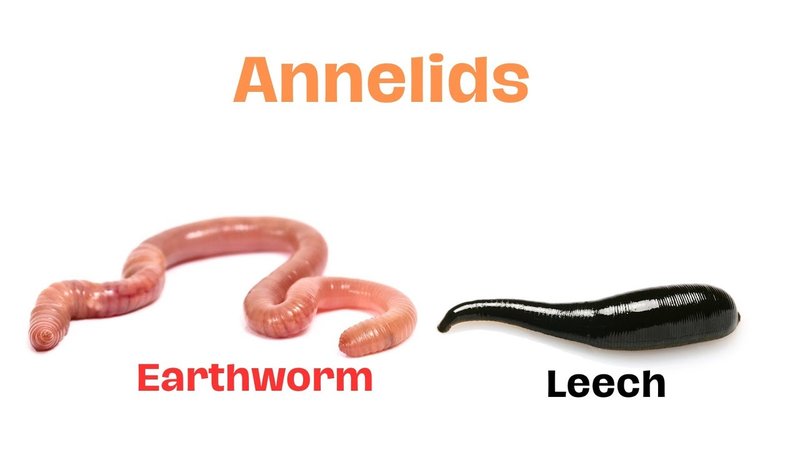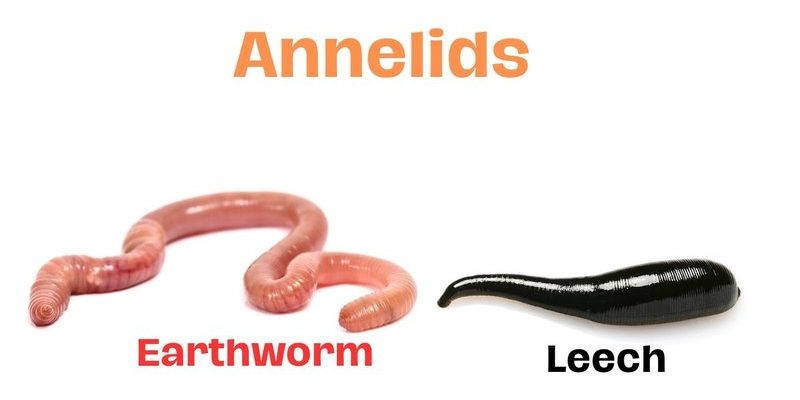
In this article, we’ll dive into the fascinating world of leeches and their wormy cousins. We’ll explore their habitats, behaviors, and how they interact with their environment. By the end, you’ll have a clearer picture of how these creatures live, what sets them apart, and maybe even why they matter more than we realize.
What Are Leeches?
Leeches are fascinating little creatures that belong to the class Hirudinea. They’re typically long, slimy, and can range from a few centimeters to over 30 centimeters long. Leeches are often found in freshwater habitats like ponds, lakes, and rivers, but some species thrive in moist terrestrial environments too. These creatures have a unique way of moving—using a combination of muscles and suckers to glide smoothly through the water or across the ground, much like a snail without a shell.
You might be wondering what leeches eat. Here’s where it gets interesting! Most leeches are either predators or parasites. They use their specialized mouths to latch onto their prey or hosts (like a fish or a mammal) and suck blood. Yup, that’s right, some leeches can be bloodsuckers! But don’t let that gross you out too much; they play an essential role in their ecosystems.
Meet the Earthworm
Now, let’s shift gears and talk about the earthworm, a well-known member of the worm family. Earthworms belong to the class Oligochaeta and are crucial for soil health. These creatures can often be found wriggling through moist soil in gardens, forests, and fields. Unlike leeches, earthworms primarily feed on decaying organic matter, making them nature’s little recyclers.
When you see an earthworm, you might notice its segmented body, which helps it move through the ground. As earthworms burrow, they aerate the soil and improve drainage. Plus, their waste products enrich the earth, creating fertile ground for plants to thrive. Honestly, without these little guys, our gardens wouldn’t be nearly as lush!
Comparing Habitats: Where Do They Live?
Both leeches and earthworms enjoy moist environments, but their habitats have distinct features. Leeches prefer freshwater realms where they can swim or cling to vegetation. You might find them hiding under rocks or lurking in the mud at the bottom of a pond—always ready for their next meal.
In contrast, earthworms thrive underground, where they create intricate burrows that enhance soil quality. They love damp, dark places, making gardens and forests their perfect homes. While you may not spot an earthworm right away, dig a little into the earth, and you might just uncover a whole world of them!
Why Habitats Matter
Understanding their habitats is essential to appreciating their roles in the ecosystem. Leeches can indicate the health of a water body, while earthworms are a sign of fertile soil. Their presence (or absence) can tell us a lot about environmental conditions. So, next time you’re by a pond or digging in the garden, take a moment to think about what’s living beneath the surface.
Feeding Habits: How They Eat
When it comes to food, leeches and earthworms couldn’t be more different. Leeches typically feed on blood or other organisms, which might seem a bit gruesome. However, they have developed interesting adaptations to help with this. Their saliva contains anticoagulants that prevent blood from clotting, making their feeding process smoother.
On the other hand, earthworms munch on decomposing leaves, plants, and even small creatures. They literally eat their way through the soil, breaking down organic matter. As they digest their food, they help create nutrient-rich casts (worm poop) that plants love. It’s like they’re sponsored gardeners, enriching the soil wherever they go!
The Importance of Their Diets
Both creatures play a vital role in the ecosystem, yet their different diets highlight their unique contributions. Leeches may seem unappealing to some, but they help control populations of other organisms. Earthworms, on the other hand, foster healthy plants and contribute to sustainable agriculture. Together, they showcase the rich diversity of life and how every species has its place in nature.
Reproductive Strategies: How They Multiply
When it comes to reproduction, leeches and earthworms also take different approaches. Leeches are usually hermaphrodites, meaning they possess both male and female reproductive organs. After mating, they lay eggs in protective cocoons that develop into juvenile leeches.
Conversely, earthworms also have both sets of organs but engage in a different mating ritual. They exchange sperm with another earthworm, and then each worm creates a cocoon to hold its fertilized eggs. The young earthworms hatch from these cocoons to begin their life in the soil.
The Role of Reproduction in Ecosystem Health
Understanding how these creatures reproduce helps us appreciate their roles in their respective ecosystems. The ability to produce many offspring ensures that both leeches and earthworms can continue to thrive, even if environmental conditions change. Their reproductive strategies are finely tuned to ensure the survival of the species.
Impact on Humans: Good, Bad, or Indifferent?
So, how do leeches and earthworms affect humans? There’s a mix of good and bad here. Leeches have been used in medicine for centuries, especially in practices like bloodletting and even plastic surgery, thanks to their anticoagulant properties. However, some people find them unsettling, which can lead to a negative perception.
Earthworms, on the other hand, are generally seen as beneficial. They enhance soil fertility and support agriculture, making them beloved by farmers and gardeners alike. The more you understand their contributions, the more you can appreciate these often-underestimated creatures.
Why It Matters
When we look at the bigger picture, both leeches and earthworms remind us of nature’s complexity. By understanding their roles, we can make more informed choices about how we interact with the environment. It’s all interconnected—what happens to one species can impact the whole ecosystem!
Final Thoughts
In the end, comparing leeches to similar worm species like earthworms reveals much about our ecosystem. These creatures, each with their own quirks and contributions, show us how life thrives in various forms. So the next time you see a leech or an earthworm, take a moment to appreciate their roles in our world.
Whether you’re fascinated by nature or just want to know a little more about the creatures living in your backyard, understanding the differences and similarities between leeches and worms can give you a fresh perspective. Remember, every creature, big or small, has a story to tell!

